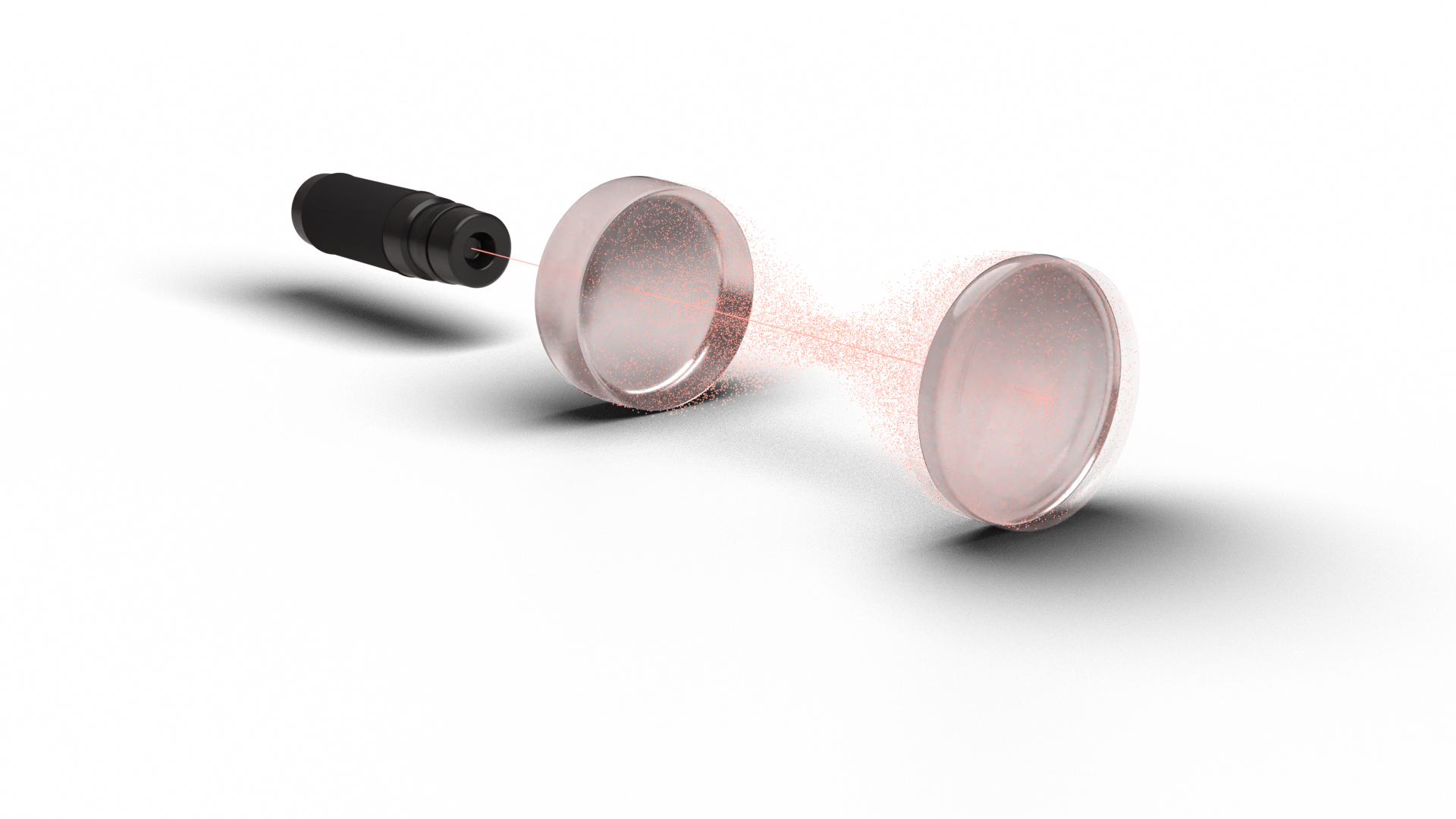Research Area
Motivation: Cavity optomechanical systems provide an ideal platform for the study of various nonclassical phenomena, higher-order interactions, and quantum noises in the microscopic as well as macroscopic domain.
Owing to their tunability, they can not only be used to study the quantum-classical boundary, but also analyze the effect of higher-order interaction and quantum noises on the dynamics of the system.
Moreover, the ability to integrate them in experimental setups have opened exciting prospects in interdisciplinary resaerch.
Such systems can be modelled using an optical-frequency cavity featuring a moveable mirror as shown below. A laser source drives the cavity, imparting momentum to the moveable mirror, and consequently coupling the modes.
Such systems can be modelled using an optical-frequency cavity featuring a moveable mirror as shown below. A laser source drives the cavity, imparting momentum to the moveable mirror, and consequently coupling the modes.

Click on the laser detuning regimes below to view the structure of
the output field amplitudes.
Objectives: Our work currently focuses on the generation and enhancement of quantum correlations like entanglement and synchronization between the elements of optomechanical and optoelectromechanical, owing to variations in geometry and inter-mode couplings.
The ongoing projects have direct applications in designing efficient communication schemes, developing sensing technologies, and building on-chip architectures, thus advancing the technology for the era of quantum computers.
Published Works
Teaching Experiences
Technical Skills
Educational Background
Contact Details